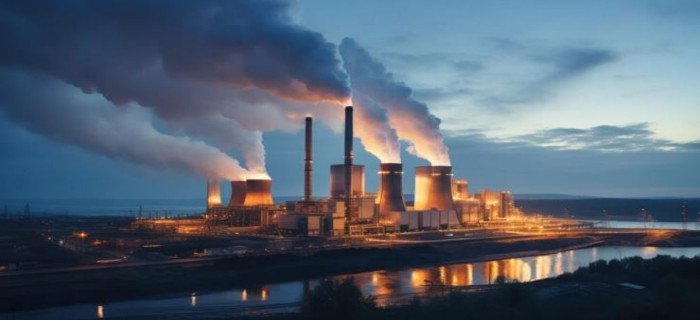
Department of Atomic Energy Notifies Tariff Norms for Nuclear Power Plants for FY23–FY28
14 Jul 2025
In a key regulatory development aimed at bringing transparency and financial predictability to the nuclear energy sector, the Department of Atomic Energy (DAE) has officially notified the tariff norms for nuclear power plants for the period 2022–23 to 2027–28. This move is expected to streamline electricity pricing from atomic energy sources and support future investments in India’s growing nuclear power program. The newly released guidelines outline the formula for calculating tariffs that nuclear power producers can charge distribution companies (DISCOMs) over the five-year period. These norms cover multiple parameters including capital cost recovery, operation and maintenance (O&M) expenses, depreciation, return on equity, interest on loans, and fuel cost adjustments.
According to officials, the norms have been formulated in consultation with Nuclear Power Corporation of India Limited (NPCIL) and other stakeholders to ensure fair pricing while maintaining the financial viability of nuclear projects. These norms will apply to both existing and upcoming nuclear power plants owned and operated by central government undertakings under the DAE.
The Key Features of the New Tariff Norms:
-
Capital Cost Recovery: The guidelines specify a structured mechanism for capital cost recovery over the useful life of the plant, ensuring project developers are compensated adequately.
-
Return on Equity: A normative return on equity has been fixed, encouraging sustained investment in nuclear infrastructure.
-
Operation and Maintenance Costs: The norms allow for a reasonable escalation in O&M costs annually, accounting for inflation and technological maintenance needs.
-
Fuel Cost Pass-Through: Given the variable nature of nuclear fuel procurement, the norms allow for periodic adjustments in tariff based on actual fuel costs.
- Normative Availability: Plants are expected to maintain a high capacity utilization factor, with incentives for better operational performance.
Industry experts say the move will enhance regulatory certainty, allowing DISCOMs to plan long-term power purchase agreements (PPAs) from nuclear sources more effectively. It also aligns with India’s ambition to increase its nuclear power capacity as part of its broader clean energy transition strategy. Currently, India has 7.5 GW of installed nuclear power capacity, with several new reactors under construction. The notified norms will also play a critical role in attracting funding for the development of the fleet-mode nuclear projects and upcoming small modular reactors (SMRs).
This tariff framework marks a significant policy step as nuclear energy gains renewed importance in India’s push for reliable, low-carbon baseload power amid rising electricity demand and decarbonization goals. With these norms in place, the Department of Atomic Energy aims to strengthen the commercial viability of nuclear power in India while ensuring affordable and stable electricity tariffs for consumers.


 (1).gif)
leave your comment